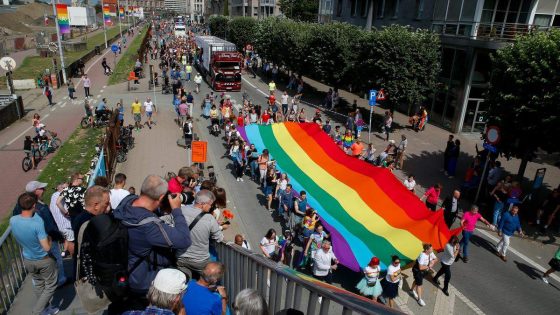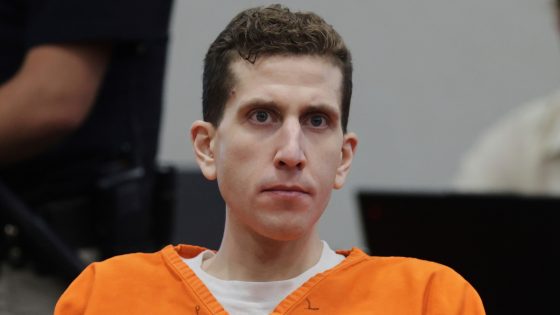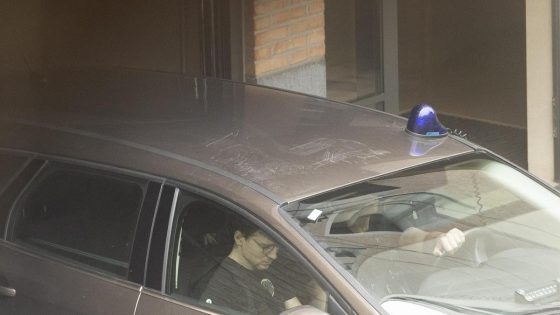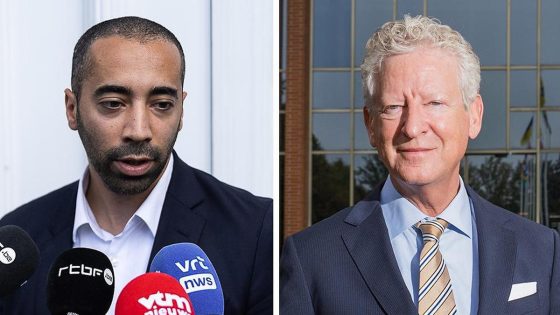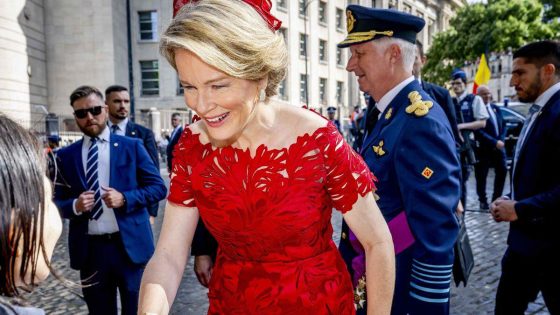The topic of wearing a headscarf remains a sensitive and often misunderstood issue in Belgium. Chakira, a 21-year-old woman, recently shared her personal journey of choosing to wear a headscarf, highlighting how it connects deeply with her religion and identity. Despite her past as a skater who wore crop tops, she now embraces covering herself, sparking questions about societal acceptance.
- Chakira chooses to wear a veil
- Veil reflects her religious identity
- She previously wore croptops and skated
- Public often misunderstands the headscarf
- Faces challenges from non-Muslim perceptions
- Podcast features multiple contributors and production team
On 2025-08-05 03:59:00, Chakira opened up about the challenges she faces from non-Muslims who struggle to understand her choice. Why is it so difficult for many to accept the headscarf as a personal and religious expression? This conversation is especially relevant in Belgium, where cultural and religious diversity is part of everyday life.
Her story invites US to reflect on the broader implications of wearing a headscarf in a multicultural society and what it means for inclusion and respect. What can Belgium learn from Chakira’s experience?
Why does the headscarf still cause friction in Belgian society? Chakira’s experience shows that the issue goes beyond clothing—it touches on identity, religion, and social perception. Key points include:
- The headscarf as a symbol of faith and personal empowerment
- Misconceptions and stereotypes among non-Muslims in Belgium
- The need for greater empathy and open conversations about religious diversity
As Belgium moves forward, it is crucial to promote understanding and acceptance of different religious expressions. How can communities support individuals like Chakira in feeling fully accepted? Encouraging open dialogue and education will be key steps toward a more inclusive society.



